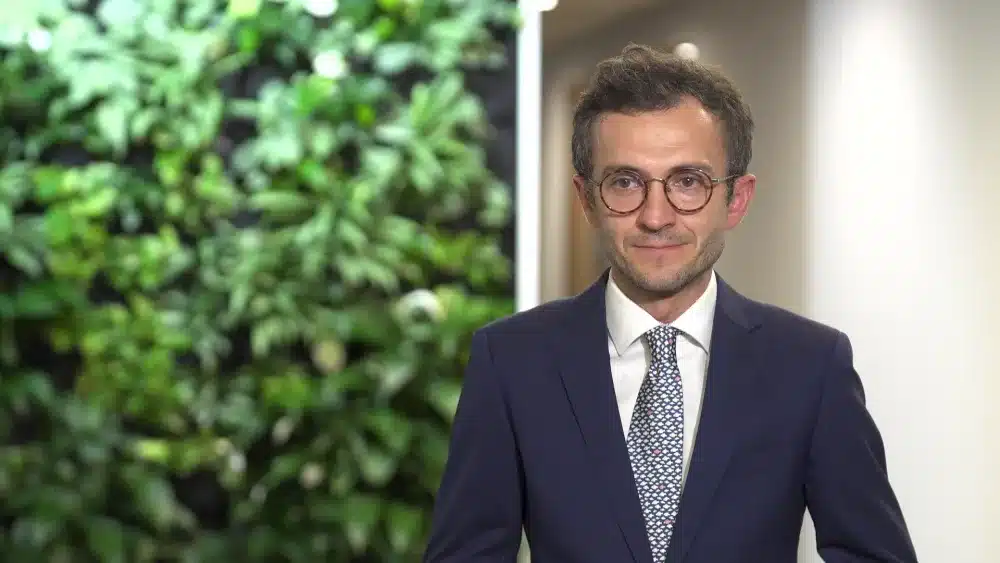Before the outbreak of the pandemic, the percentage of real job positions actually filled in offices across Europe averaged around 70 percent. By 2023, this figure was barely half. According to the ThinkCo report “Friendly Offices: A Guide to Buildings Where You Want to Work”, the role of offices is evolving towards spaces for meetings, team work, building relationships, focusing, and even relaxation. The number of single workstations is expected to be halved in favour of areas that encourage teamwork or support creative processes. For companies and employees, sustainability and ecology in office buildings are becoming increasingly important.
“An appropriate office space is a key element in building the efficiency of a company and achieving its business goals. Firstly, it supports employee engagement, which is extremely important in the face of the many challenges companies face. Secondly, it improves internal communication, and thirdly, it unleashes creativity among employees,” says Łukasz Świerczek, board member of Unum Życie. “There is no one perfect office space for everyone. The ideal office space should be designed primarily for the needs of a particular company and of course well-executed.”
CBRE states that almost a quarter of European companies are looking for larger offices within the next three years, mainly due to business development plans. Nearly 60 percent on the other hand plans to reduce their office space. These aren’t drastic changes, but rather adaptations to meet the expectations of employees and changes in workplace trends. The hybrid work model is among these trends.
“In these times, with hybrid work, the office is not just about work stations. The office must provide flexibility in places, both in terms of adjusting to the character of a given employee’s work and filling the office with employees,” explains the Board Member of Unum Życie.
According to the latest Eurostat data, on average 10 percent of all employees across the EU work from outside the office for at least half the week, twice as many as in 2019. From the perspective of office management, effectively using the space when the number of staff changes day by day is a challenge. Therefore, desk sharing – where no place is assigned to a specific employee – is becoming a popular trend. More importance is also given to social areas and informal interactions among employees. A modern office space should promote communication and make users feel good.
“We have designed an office that includes many different spaces of various work characters. We have traditional office desks, project workplaces and quiet work spaces, the so-called focus rooms. But aside from these work areas, we have places for people to hang out with each other, to meet – we have focused on large social spaces, so-called work cafes, kitchen-cafes,” lists Lukasz Swierczek. “It was very important to us that the office design itself was friendly, warm and reflected the philosophy of our company and our values, namely building peace of mind, a sense of security and stability.”
Environmental sustainability and ecological questions are essential in the context of building offices. On the one hand, it speaks to our company’s commitment to these issues, while on the other, it’s an indicator of whether a company is attractive to potential employees.
“We have many requirements associated with how a building is designed and built, how it impacts the environment and local community, whether the materials used in the construction are recycled, the provision of recreational facilities for employees, and so on. We also wanted to be located in the heart of the city, in a dynamic location that is intertwined with the urban fabric, and also well connected for our employees,” says Świerczek.
Office buildings also have a major impact on the environment, accounting (according to the European Commission’s estimates) for as much as 42 percent of final energy consumption, 30 percent of water consumption and 38 percent of greenhouse gas emissions. As such, more companies are keen to limit this environmental cost.
